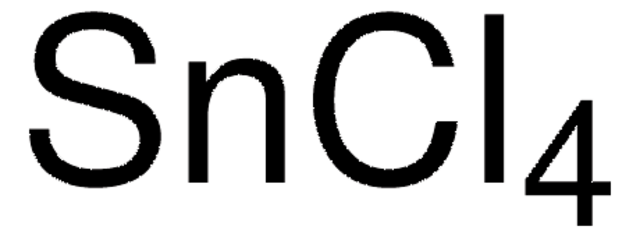408700
Poly(ethyleneimine) solution
average Mw 1800, 50 wt. % in H2O
Synonym(s):
Ethyleneimine polymer solution, PEI
Sign Into View Organizational & Contract Pricing
All Photos(1)
About This Item
CAS Number:
MDL number:
UNSPSC Code:
12162002
PubChem Substance ID:
NACRES:
NA.23
Recommended Products
form
liquid
Quality Level
mol wt
average Mw 1800
concentration
50 wt. % in H2O
refractive index
n20/D 1.453
density
1.08 g/mL at 25 °C
SMILES string
N1CC1.NCCN
InChI
1S/C2H8N2.C2H5N/c3-1-2-4;1-2-3-1/h1-4H2;3H,1-2H2
InChI key
SFLOAOINZSFFAE-UHFFFAOYSA-N
General description
Poly(ethyleneimine) (PEI) is a positivelycharged polymeric amine with a linear or branched structure. It has chelating properties with a variety of metal ions. It is highlysoluble in water and behaves as an effective base in aqueous solutions. Due toits superior physicochemical properties, it is widely used in the field ofbiomedicine, water purification, bioimaging, gene delivery, and self-healingmaterials.
Application
Poly(ethyleneimine) solution can be used for surface modification of cation exchange resins. The modified resins exhibited improved selectivity towards transition elements. Due to repulsion effects within the cationic layer, the selectivity for alkaline ions decreases. As a result, this resin can be applied to purify industrial waste by column sorption.
It can be used as a precursor to prepare polyelectrolyte multilayers for the promotion of cell adhesion and growth on implant surfaces.
PEI can act as a reactive template and stabilizing agent in the preparation of metal nanoparticles in aqueous media. The amino groups in the PEI can coordinate with metal ions dissolved in water and reduce their aggregation capability. This results in the formation of smaller nanoparticles.
It can be used as a precursor to prepare polyelectrolyte multilayers for the promotion of cell adhesion and growth on implant surfaces.
PEI can act as a reactive template and stabilizing agent in the preparation of metal nanoparticles in aqueous media. The amino groups in the PEI can coordinate with metal ions dissolved in water and reduce their aggregation capability. This results in the formation of smaller nanoparticles.
Features and Benefits
- It has repetitive structural units and aflexible polymer chain.
- Due to the accessibility of a huge number ofamino groups on PEI, it can be modified or functionalized for specific featuressuch as sensitivity, specificity, and biocompatibility.
- Highwater solubility.
Physical form
Branched polymer
Signal Word
Warning
Hazard Statements
Precautionary Statements
Hazard Classifications
Aquatic Chronic 2 - Skin Sens. 1
Storage Class Code
10 - Combustible liquids
WGK
WGK 2
Choose from one of the most recent versions:
Already Own This Product?
Find documentation for the products that you have recently purchased in the Document Library.
Customers Also Viewed
Laura R H Ip et al.
Oncotarget, 6(12), 10548-10562 (2015-04-15)
Treatment options for ovarian cancer patients remain limited and overall survival is less than 50% despite recent clinical advances. The lipid phosphatase inositol polyphosphate 4-phosphatase type II (INPP4B) has been described as a tumor suppressor in the PI3K/Akt pathway with
Diana F Silva et al.
Journal of neuroinflammation, 17(1), 332-332 (2020-11-07)
After decades of research recognizing it as a complex multifactorial disorder, sporadic Alzheimer's disease (sAD) still has no known etiology. Adding to the myriad of different pathways involved, bacterial neurotoxins are assuming greater importance in the etiology and/or progression of
Articles
We present an article that discusses two applications in particular; first, using these layers as polyelectrolyte membranes to control permeability.
Our team of scientists has experience in all areas of research including Life Science, Material Science, Chemical Synthesis, Chromatography, Analytical and many others.
Contact Technical Service










